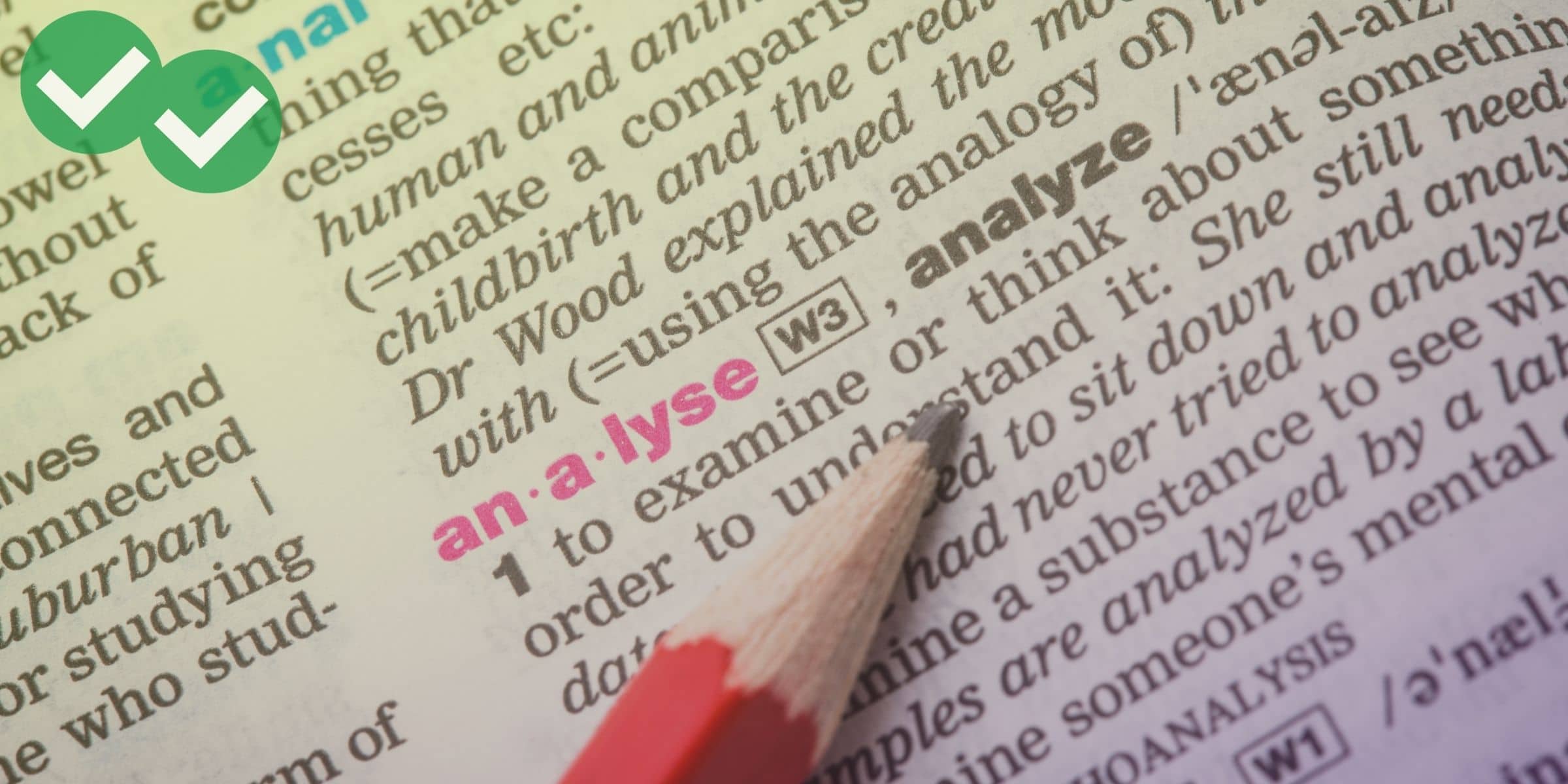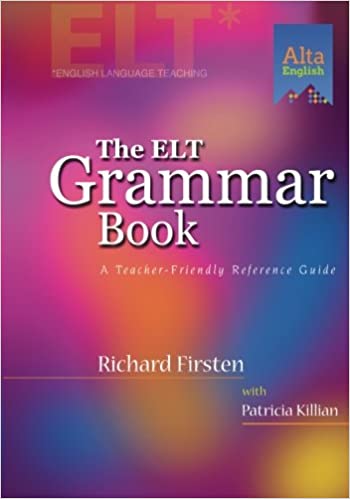In my last post on this subject, I gave you an overview of relativizers, words that add extra information about a noun in a sentence. That, which, who, and whom can be especially tricky relativizers. Sometimes, that and which have the same meaning and use. At other times, these two relativizers are used very differently. The same goes for who and whom. Below, we’ll look at these two pairs of relativizers, and see exactly how they should be used.
The Difference Between “That” and “Which” as Relativizers
“That” as a categorizer: “That” can ONLY be used to categorize a noun.
Examples:
1) Don’t buy a car that doesn’t have a warranty. (“That” is used to categorize “car” into a group of cars that don’t have warranties.)
2) Let’s go to the restaurant that serves 100 different kinds of cheese. (“That” categorizes the restaurant into a one-item category— a unique restaurant that serves 100 different kinds of cheese.)
“Which” as a specifier:“Which” can be used to add specific information to a noun. When “which” is used in this way, it nearly always appears in an intervening clause, a clause that appears in the middle of a sentence and has a comma at its beginning and end.
Examples:
1) Grapes, which can be either red or green, are a kind of fruit. (“Which” is used to add extra information about color to the word “grapes.”)
2) The telescope, through which you can view stars, is on the table near the window. (“Which” is used to add extra information about the use of “the telescope.)
“Which” as a categorizer: “Which” can also be used to categorize a noun rather than add information. However, this only works if “which” is in a prepositional phrase.
Examples:
1) This is a hole through which mice are getting into the house. (“Which” is used to categorize “hole” into a group of holes that mice use to enter a house.)
2) Her boyfriend is the person in which she most often confides. (“Which” is used to categorize the noun “person” into a category of one— the category of the single person who she confides in most.)
“Which” and “that” in very similar sentences: Sometimes “which” and “that” can be used in sentences that are otherwise identical. In this case, the sentences have similar but slightly different meanings.
Examples:
1) The picture, which hangs on my kitchen wall, is a Pablo Picasso original paining. (This means that there is a Pablo Picasso painting hanging on your kitchen wall, and there may be other paintings hanging on your kitchen wall as well.)
2) The picture that hangs on my kitchen wall is a Pablo Picasso original. (This means there is only one picture hanging on your kitchen wall, and it’s a Pablo Picasso original.)
The difference between “who” and “whom” as relativizers
“Who” as a the subject of a sentence or clause: “Who” may be the subject of a sentence or clause. (“Whom” may NOT be the subject of a sentence or clause.)
Examples:
1) Who said that? (“Who” is the subject of the question.)
2) Go talk to the person who is knocking at the door. (“Who” is the subject of the clause “who is knocking at the door.”)
“Who” and “whom” as objects of sentences or clauses: “Who” and “Whom” may both be used as objects of sentences. When “whom” is used as an object, the tone of the sentence will seem more formal.
Examples:
1) Informal: Who did he see? OR Formal: Whom did he see? (“Who/Whom” is considered to be object of the question, because the answer to the question word “who” would be the object of a sentence. Possible answers include “He saw his supervisor,” or “He saw nobody.”)
2) Informal: That woman is the person who he saw. OR Formal: That woman is the person whom he saw. (“Who/Whom” indicates the object of the verb “saw.”)
“Whom” as a prepositional object: In a prepositional phrase, you must use “whom” and not “who.”
Examples:
1) Professor Dawkins, in whom many people trust, is a respected authority on environmental science.
2) I am the student with whom Professor Dawkins met this morning.






Leave a Reply